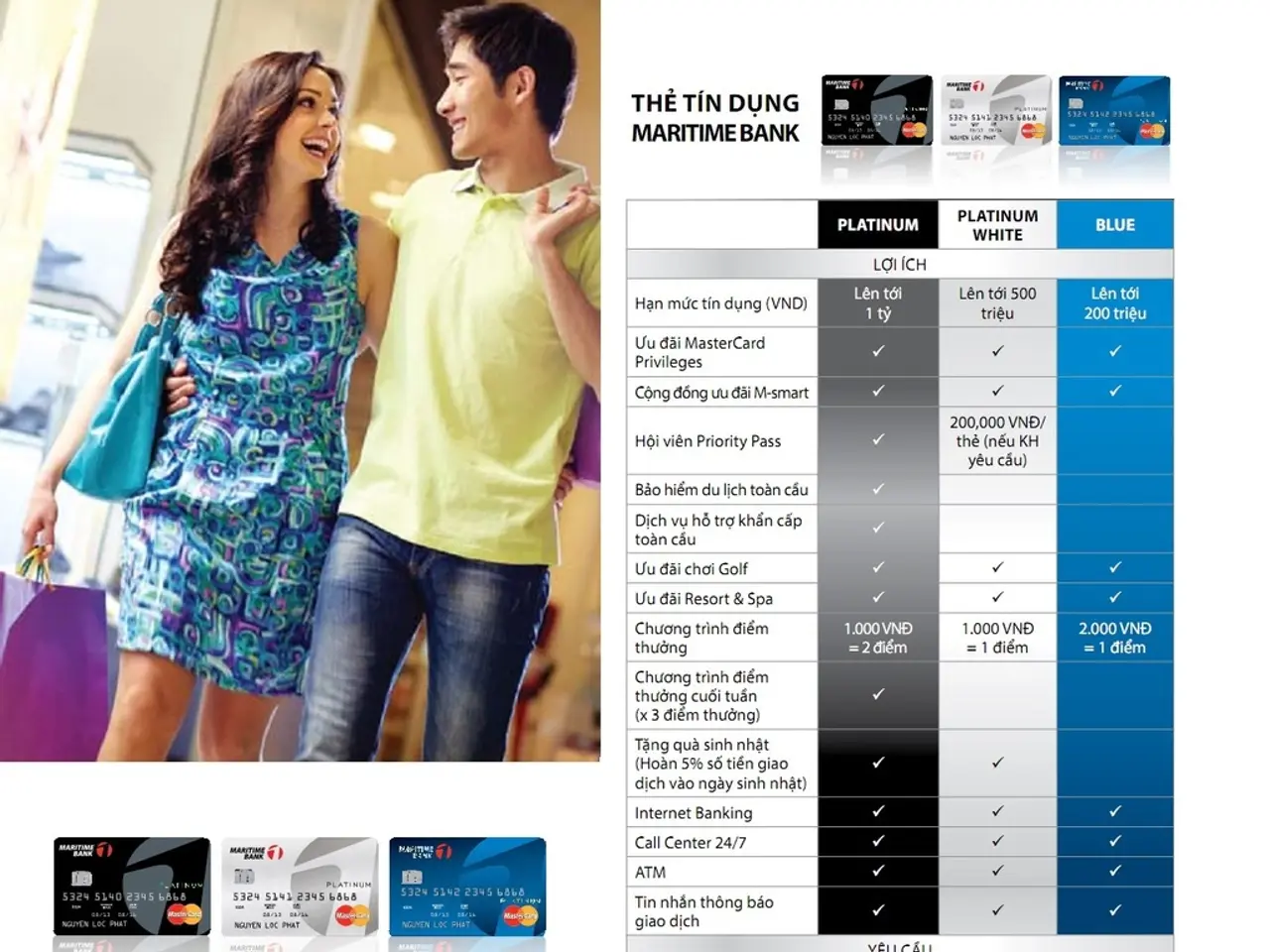Business Startup: Insights for Inexperienced Entrepreneurs
In the dynamic world of business, understanding market segmentation is crucial for effective targeted marketing. By categorising customers based on shared attributes or behaviours, marketers can tailor their strategies to meet the distinct needs and preferences of each segment.
One common method is demographic segmentation, which divides the market based on easily quantifiable factors such as age, gender, income, education, family status, occupation, and home ownership. This approach is widely used due to the accessibility of demographic data through censuses or direct market research. Behavioural segmentation, on the other hand, groups customers according to their purchasing and brand interaction behaviour, such as buying motivation, product benefits sought, brand loyalty, purchase frequency, or engagement level.
Geographic segmentation classifies customers based on physical location, helping businesses tailor marketing and distribution strategies to local preferences and conditions. Psychographic segmentation, however, delves deeper, focusing on customers’ lifestyles, values, interests, attitudes, and personality traits. This subjective segmentation provides valuable insights into motivations and preferences beyond observable demographics or behaviours.
Benefit segmentation segments customers based on the specific advantages or benefits they seek from a product or service, such as convenience, quality, or price. Volume segmentation divides customers by usage levels, allowing targeting based on consumption patterns.
Advanced methods include RFM segmentation, which categorises customers based on how recently and how often they purchase, and how much they spend, to identify valuable customer groups for personalised marketing. Statistical and clustering techniques, such as clustering algorithms, are also used to discover natural groupings within customer data by analysing patterns and trends in purchase behaviour, demographics, or psychographics.
Effective market segmentation requires being specific, using multiple approaches, and testing and refining the strategy. A viable market segment should be large enough to generate significant sales and profits and have enough potential customers willing and able to purchase the product or service. A growing market offers long-term opportunities for business expansion.
However, data limitations can hinder the ability to effectively identify and understand the target market segments. Changing consumer preferences require regular monitoring and adjustment of the target market segments. The actionability of the target segment allows businesses to reach and engage with consumers by developing effective marketing strategies and tactics.
Urban residents often prioritise convenience and accessibility, while rural residents often value affordability and practicality. Regional variations in consumer preferences and buying habits can be significant, and country-level cultural, economic, and political factors can influence consumer behaviour. Purchase occasion segmentation divides the market based on the specific circumstances under which consumers make purchases.
A targeted marketing strategy involves creating a unique marketing mix tailored to the target market's specific needs and preferences. The stability of the market segment reduces uncertainty and allows for more predictable planning. A growing market offers long-term opportunities for business expansion. Measurability of a market segment is essential to measure marketing efforts' effectiveness and make informed decisions.
In conclusion, understanding market segmentation and employing effective strategies can lead to successful targeted marketing. By segmenting markets and tailoring strategies to each segment's unique characteristics, businesses can maximise their potential for revenue generation while ensuring fairness and inclusivity in their segmentation strategies.
In the realm of business and finance, demographic and behavioral segmentation methods are widely used for effective targeted marketing. Demographic segmentation categorizes customers based on factors such as age, income, education, and occupation, while behavioral segmentation groups customers based on their purchasing and brand interaction behavior.





